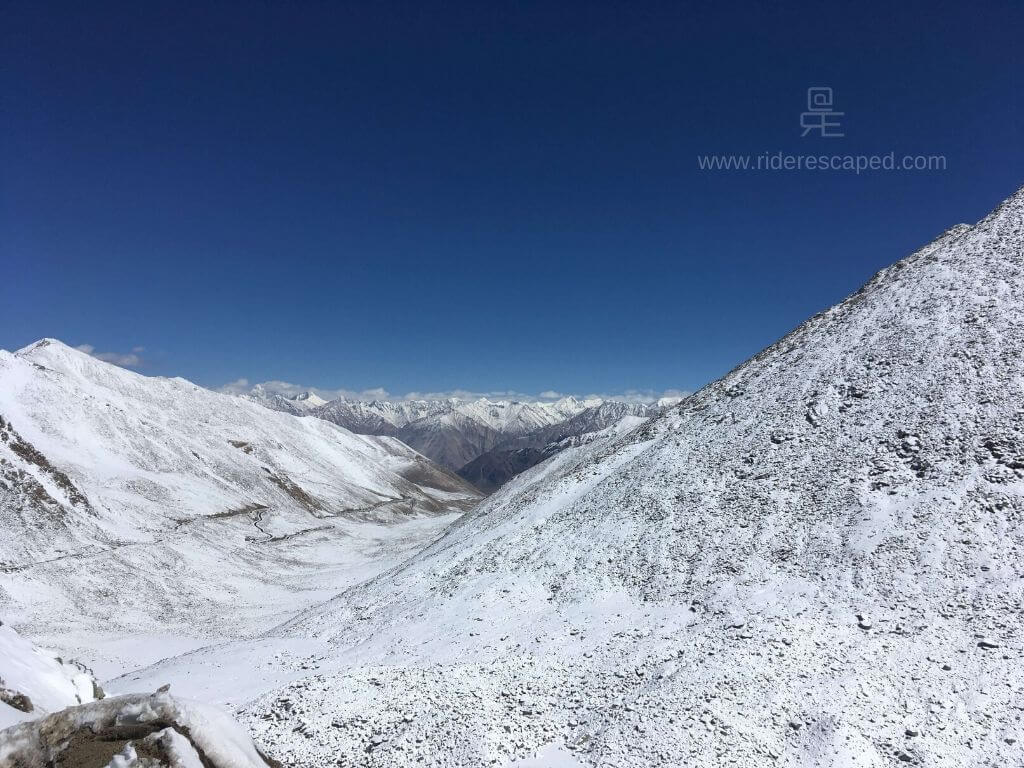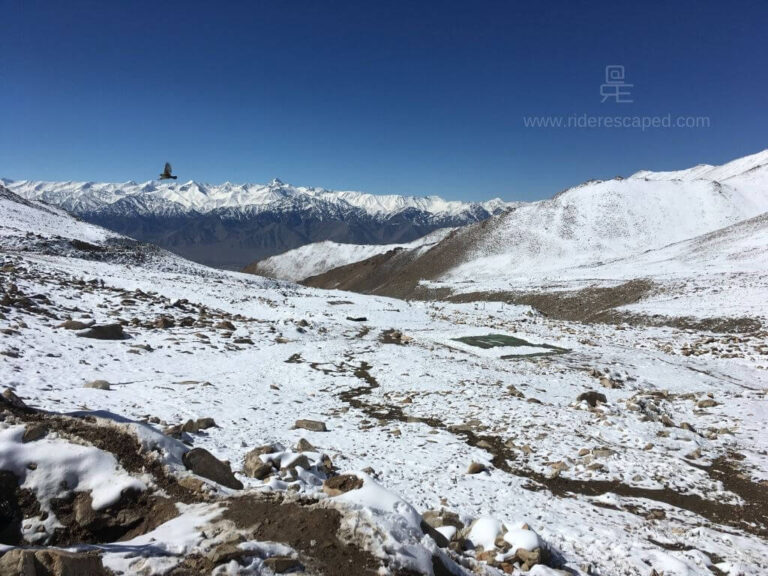How to fight AMS or High Altitude Sickness in Ladakh?

What is AMS or High Altitude Sickness?
AMS (Acute Mountain Sickness), commonly referred to as High Altitude Sickness, can be evident in higher mountains (9000+ ft). During this type of sickness, a person starts to feel headache, irritation, nausea, vomiting, drowsiness, or even unconsciousness. Also, the brain tends to react more slowly. Although on several occasions, it became very fatal and dangerous. Don’t worry, shortly we are going to discuss how you can fight AMS or High Altitude Sickness. But before that, we should know why AMS or high Altitude sickness happens?
Why does AMS happen?
AMS or high Altitude sickness happens because of a lack of oxygen to breathe. Above 9000 ft, the oxygen proportion in the air becomes thinner due to limited or no greenery. As we all know, oxygen is the most important fuel for our brain and other vital organs, too. Lack of it makes the brain more stressed, hence our brain starts to malfunction or become disordered.
Who should face High Altitude Sickness?
Everyone is likely to face AMS or high-altitude sickness. Although the chances of an active person getting affected are lower. An active person means those who do cardio once or more in a week, walk regularly, or are involved in physical activities daily. This does not mean, a relatively less active person will face AMS. In many cases, AMS does not work as this theory goes, which is why you should know how to fight AMS or high Altitude sickness.
How to fight High Altitude Sickness?
Dealing with AMS or high Altitude sickness is pretty easy; there are a few tips below to follow from the very moment you start climbing the altitude.
- Don’t gain altitude rapidly. Instead, break your journey into days so that you give your body enough time to acclimatize.
- Once you reach high altitude destinations like Leh, take a full day’s rest for better acclimatization.
- Refrain from high-intensity activities like running, carrying heavy loads basically cardio-related activities.
- Drink plenty of water and/or ORS throughout the day. Don’t let your body get dehydrated. Carry hot water while on the move.
- Control your food; you should consume less and easily digestible foods. Try to avoid spicy and red meat items.
- Don’t starve; have some food at regular intervals.
- Whenever possible, try to have hot food. This helps maintain body temperature and also feels better during AMS.
- Always try to keep the car window open, so that you get accustomed to the weather and the oxygen level change. Otherwise, you will probably get sick once you reach the destination and come out of the car all of a sudden.
- I strongly recommend that, do not consume Alcohol or Smoke in high altitude areas. Alcohol may slow down your response time, and the rate of oxygen infusion in the blood may also cause digestive problems.
What if AMS or High Altitude Sickness hit you?
Don’t panic, this can happen to anyone. Remember, surrender is better in these kinds of situations. Tell others that you are not feeling good. Initially, you can halt and consume hot water (works best), ORS, or hot food like noodles or soup. Wait for 10 to 15 minutes; if not better, move to a lower altitude immediately, and contact the nearest health center. In some border regions like Ladakh, North Sikkim, you can seek help in an Indian Army camp; they always help.
AMS can ruin your entire trip and enjoyment; don’t take it lightly. Preparations can lower the effect of AMS or high Altitude sickness drastically to even zero.
Medicines for High Altitude Sickness
I never recommend taking medicines for preventing or avoiding AMS or high Altitude sickness. Instead, I will suggest focusing on the above practices.
I have not carried medicines below during the Kolkata – Leh – Kolkata Ride, following the above points helped me a lot to not face any of the symptoms of AMS or high Altitude Sickness.
If you still want to know about medicines, here you are
- Coca 6 or Coca 30 (Homeopathy)
- Diamox (not recommended for sulfur allergies)
These medicines make the blood thinner so that oxygen can be absorbed easily. The only downside, you may bleed more in case of injury. You can also carry a portable oxygen cylinder for emergency purposes.
Also, check out our Recommended Medicines for a Ladakh Trip, a list of other necessary medicines for any trip.
P.S. We are not medical practitioners; all the above-listed medicines are the outcome of our research and generic opinions. Always consult the doctor before taking any mentioned medicines.
Which are the places in India can AMS happen?
There are many high altitude destinations and passes in J&K (Jammu & Kashmir), Himachal Pradesh, Uttarakhand, Nepal, Bhutan, Arunachal Pradesh & Sikkim, etc. The most famous are Leh-Ladakh and North & East Sikkim.
Lastly, don’t be shy, but safe. Remember, preparations are the only key to success.
These posts are for both riders and non-riders. Hope these make your trip successful and memorable, get Leh’ed soon.
Being a remote place, visiting Ladakh needs lots of preparation, it mentally, physically. Do check out links below to make this trip successful, I am sure you will never regret.
- How to prepare for Ladakh
- Medicines needed in Ladakh
- Mobile Network Connectivity in Ladakh
- Inner Line Permit Procedure for Ladakh
- Things to carry in Ladakh Trip
- Complete Guide for your Ladakh Trip
Conclusion
If you are doing a road trip to Ladakh, you may find my Kolkata – Ladakh – Kolkata on a Royal Enfield Thunderbird 350 journey helpful, here.
Follow Us
Although we are in the process of queueing up the next post shortly. Till then, subscribe to the Rider Escaped Newsletter and connect with us on Social platforms to get future updates quicker.
Don’t forget to check out our Ladakh Ride Blog.
Certainly, if you loved the content, share this with your buddies. Also, if I’ve missed anything, please let me know in the comments section. I will include it in the post.
Sharing is Caring
Thanks! Have a great day ahead.





